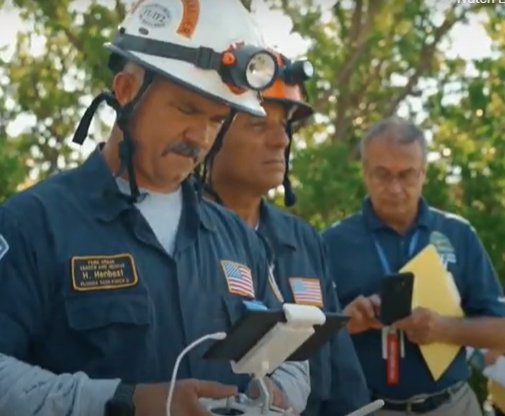NASA has announced a partnership with the Airborne International Response Team (AIRT) to research and develop automated safety processes and procedures to enable highly automated aviation response in the national airspace. The partnership supports the AIRT/Droneresponders non-profit programme to unite emergency managers and search and rescue services.
AIRT/Droneresponders is a global network of specialized teams of subject matter experts in various disciplines, including aviation, emergency management and public safety. These teams are trained to accomplish mission-critical tasks across the preparedness, mitigation, response, and recovery phases of significant events, complex emergencies, and major disasters.
The agreement allows Droneresponders to share operational expertise and data obtained from a broad array of emergency response activities in the National Airspace System with NASA. NASA’s System-Wide Safety (SWS) researchers, together with Droneresponders, will use this data collection and analysis to develop and implement a safety management system that enables highly automated flights for emergency response operations, and to develop an effective and robust demonstration of highly automated aerospace vehicle safety management systems that has applicability for aviation operations beyond emergency response.
The three-year partnership aims to:
- gather safety metrics to identify patterns and common risks, along with proposed solutions to prevent or lessen the impact of the hazards.
- review DRONERESPONDERS training exercises and recommend potential integration for NASA-developed techniques and processes
- apply knowledge gained during the data collection and analysis to prepare In-Time Aviation Safety Management System (IASMS) implementations for use cases that can enable more rapid operational response for emergency operations
“NASA is working to provide immediate benefit to society by improving the national response to disasters,” said Misty Davies, NASA System-Wide Safety Project Manager. “We are also hoping to learn from these operations to enable innovative aviation operations in the future. As more innovative, and increasingly autonomous air vehicles enter the airspace, coordination and automation of safety monitoring, assessment, and mitigation will be critical to maintain or even improve on aviation’s safety performance. We know this wouldn’t be possible without the help of public safety experts like Droneresponders engaged at the start of NASA’s research and planning.”
For more information visit:
www.nasa.gov




